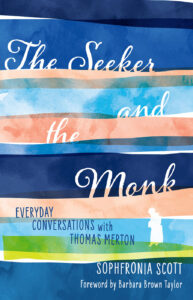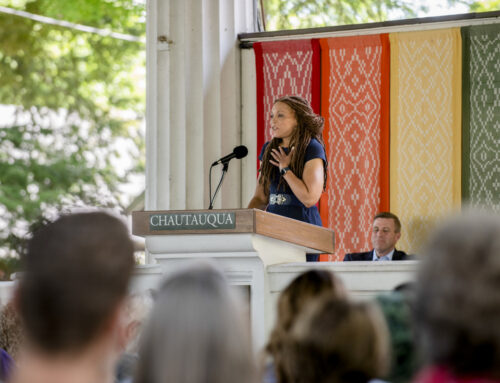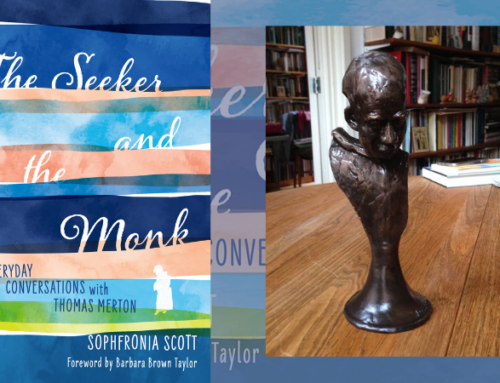 An excerpt from Sophfronia Scott’s The Seeker and the Monk: Everyday Conversations with Thomas Merton, appears in the May 22, 2021 online issue of National Catholic Reporter. The article, “I am a bird, waiting: How to find God’s presence in nature,” is taken from the book’s chapter four and features the author engaging with the writings of Thomas Merton on nature and transcendence:
An excerpt from Sophfronia Scott’s The Seeker and the Monk: Everyday Conversations with Thomas Merton, appears in the May 22, 2021 online issue of National Catholic Reporter. The article, “I am a bird, waiting: How to find God’s presence in nature,” is taken from the book’s chapter four and features the author engaging with the writings of Thomas Merton on nature and transcendence:
*
Over the course of a wet and chilly weekend in December, I walked in the footsteps of Thomas Merton. I wouldn’t call my trip to his corner of Kentucky a pilgrimage. I knew I would do some praying when I joined the monks in their daily cycle of chanting and prayer, but I didn’t have a plan beyond that. I’d traveled alone, and I wasn’t sure how comfortable I’d be rambling the woods by myself. But I knew I wanted to try.
 The grounds of the Abbey of Gethsemani cover nearly 1,500 acres of hills (called “knobs”), valleys, lakes, fields, and forests. To know Merton’s work is to know this landscape, because he photographed it and wrote about it so often: from basic observations about the weather to contemplative ruminations connecting the natural world to the divine presence at work. His observant eyes and ears absorbed the vital details, and he found words to bring it all to life. Such words from his book Conjectures of a Guilty Bystander are what first captivated me, as I heard out loud his descriptions of birdsong awakening, each in their own turn. Even now when I hear a crow, I think of how he thought, “The waking of crows is most like the waking of men: querulous, noisy, raw.”
The grounds of the Abbey of Gethsemani cover nearly 1,500 acres of hills (called “knobs”), valleys, lakes, fields, and forests. To know Merton’s work is to know this landscape, because he photographed it and wrote about it so often: from basic observations about the weather to contemplative ruminations connecting the natural world to the divine presence at work. His observant eyes and ears absorbed the vital details, and he found words to bring it all to life. Such words from his book Conjectures of a Guilty Bystander are what first captivated me, as I heard out loud his descriptions of birdsong awakening, each in their own turn. Even now when I hear a crow, I think of how he thought, “The waking of crows is most like the waking of men: querulous, noisy, raw.”
Merton’s connection with this corner of the earth, located fifty miles south of Louisville, Kentucky, is so deeply personal. It only made sense for me to venture out and, in a fashion, meet him where he once was. I pulled on my hiking boots and zipped up my coat. I studied the map on the sheet of paper I received from the lobby desk of the abbey’s guesthouse and then set out down the driveway under a tin-gray sky.



